This article features affiliate links, meaning we’ll earn a small commission if you purchase through these links. Please read our Privacy Policy for more details.
The Traditional Craftsmanship of Romanian Sheepskin Coats
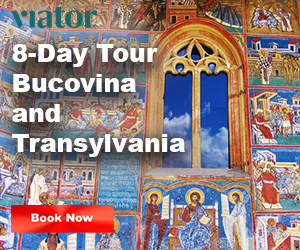
The traditional craftsmanship of Romanian lambskin vests goes back to ancient times, since sheep fur, pelts and hide clothing have been handcrafted in this predominantly pastoral country. The need for winter dress serving both functional and aesthetic appeal had led to incredibly well executed traditional leather waistcoats by skilled leather craftsmen. The early occupation of skinners (coriarius) is attested on funerary monuments from the Geto-Dacian period. The skinners were among the most important traditional craftsmen of a village.
Affiliate links Buy Natural Tanned Leather Pelts
The leather coats were very appreciated and expensive. Due to the rough weather conditions, they were protecting against the cold. Tweaked and ornamented, they became celebration clothing for important events.
The raw material used is different in size or shape. It is hard to avoid the nonstandard cutting lines. Looking to cover them, the skinners are turning the imperfections into decorative designs.
Romanian Traditional Clothing Made of Leather

Traditional Leather Waistcoats / Sleeveless (pieptare) – all the sleeveless leather clothes, short or long (with extension), designed to cover the torso.
Traditional Leather Coats / With Sleeves (cojoace) – all the short or long leather coats.
Hide clothing are made with sheep or lamb fur and hides. Goat hide and superior quality fur of black lamb, polecat and marten, are used in addition.
The process of tanning sheepskin was practiced by most of the peasants at home, with traditional techniques.
Boiled salty spring water was let to cool down;
Oat flour and wheat bran were added, while stirring;
The sheepskins were then treated with this mixture and folded, for 3 days;
After 3 days, they were dried, then cleaned.
Cotton, wool, silk, metallic yarns and beads are used for ornamentation.
Ornamented along the edges, with polecat or black lamb fur strips. Some are decorated with strips of vegetable tanned leather, of a different color and texture. Geometric patterns, floral and vegetal motifs are hand sewn on the leather or strips. The ornaments are found along the edges, on the hips, hemline or retailored areas.
The Romanian Sheepskin Coats on Catwalk
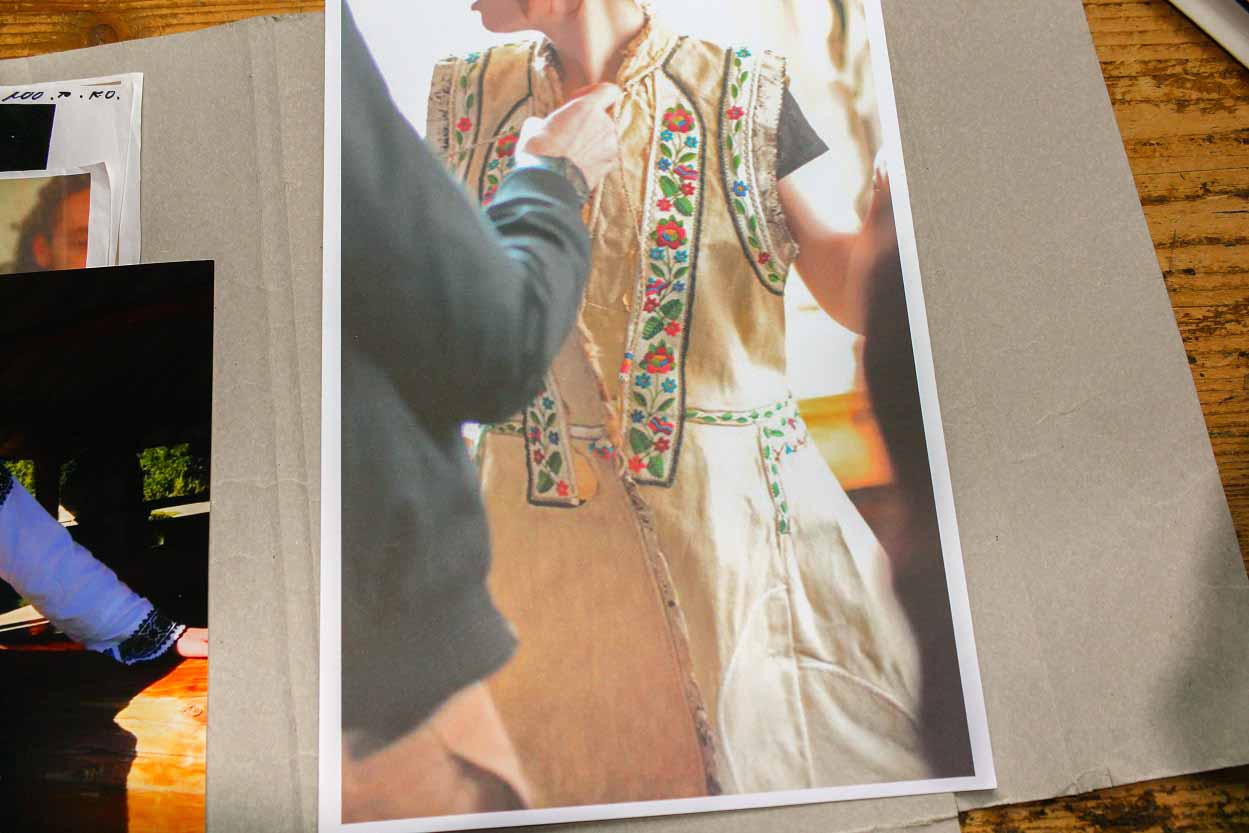
Inspired by their weaving sounds, the multicolored beaded and embroidered blouses, the lambskin leather coats, a French designer reproduced the Romanian traditions on catwalk.

In 2011, Philippe Guilet was attracted by the traditional craftsmanship. He worked with Romanian leather artisans and form a team for the project 100%.ro. The collection counted 30 pieces, handcrafted by Romanian artisans. For the first time, the world was watching authentic Romanian peasants on catwalk.
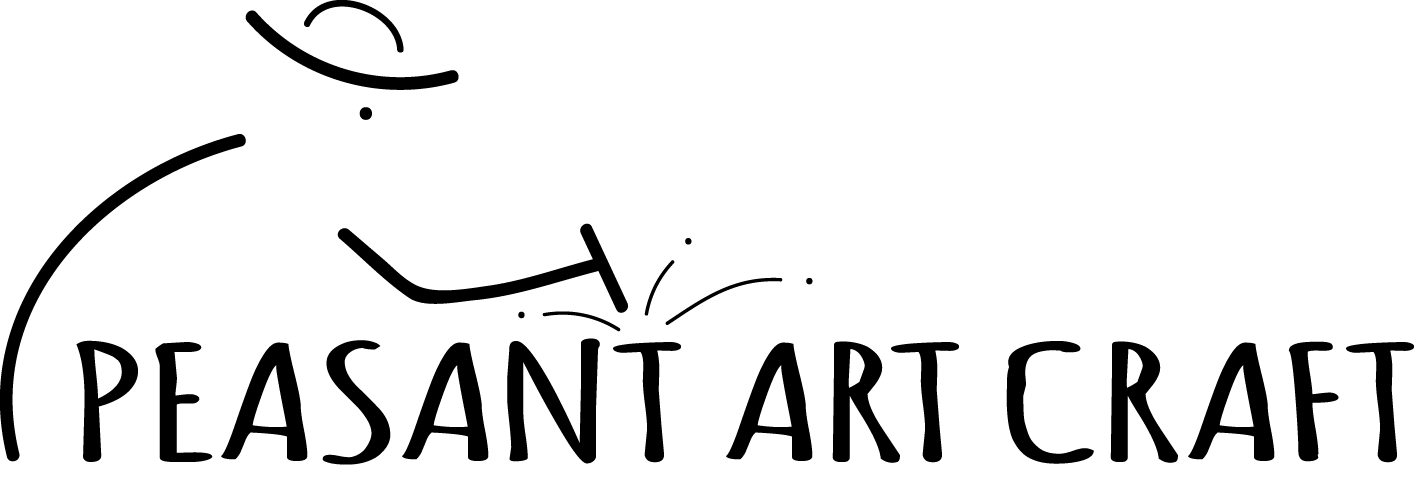
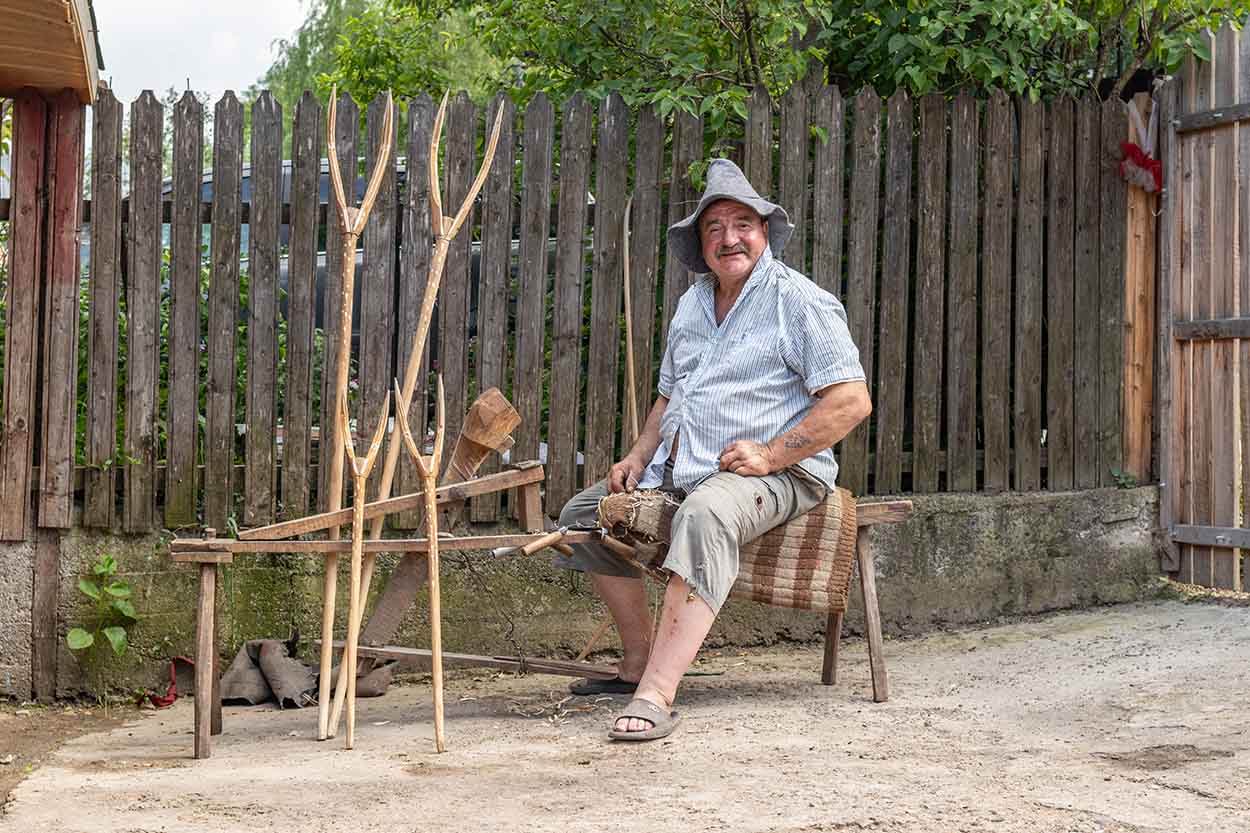

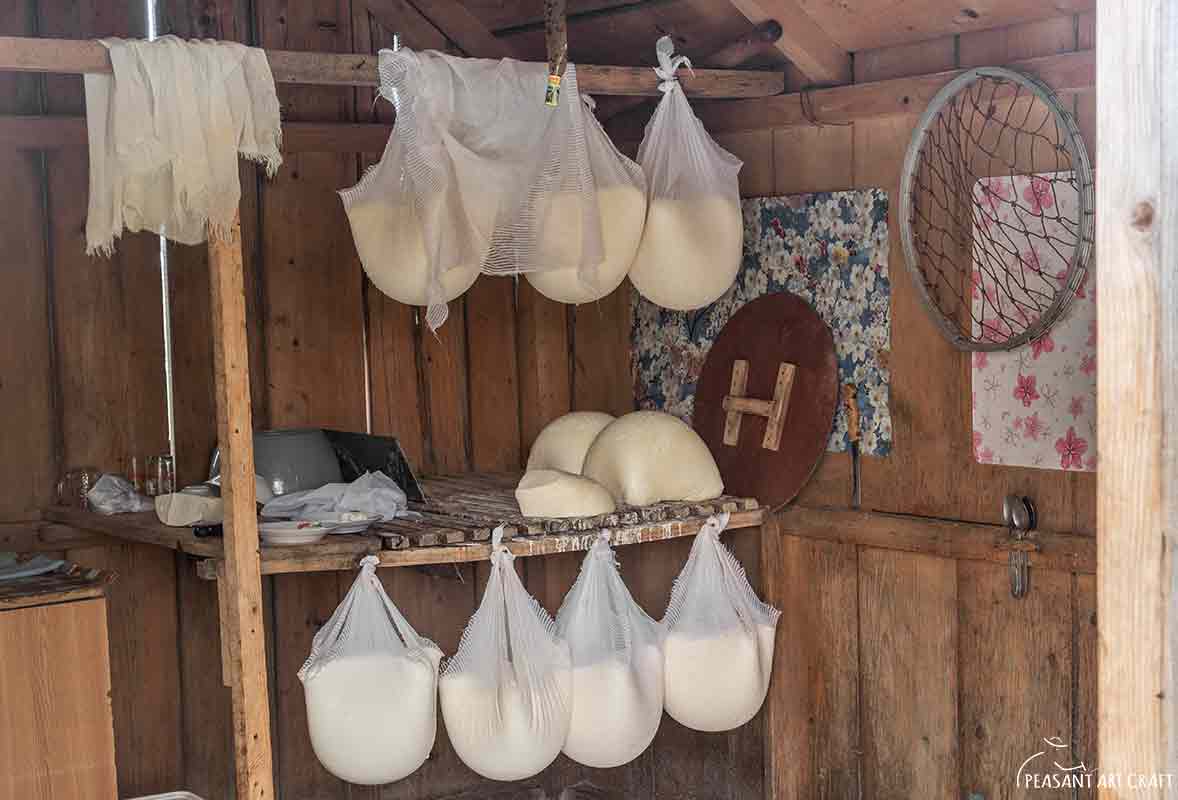
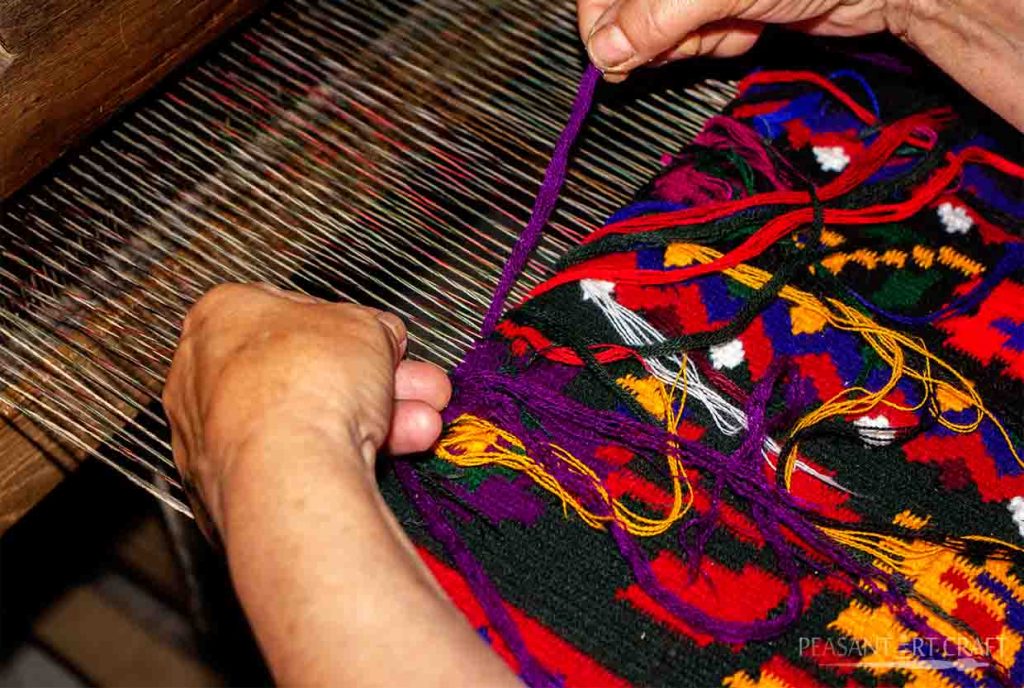
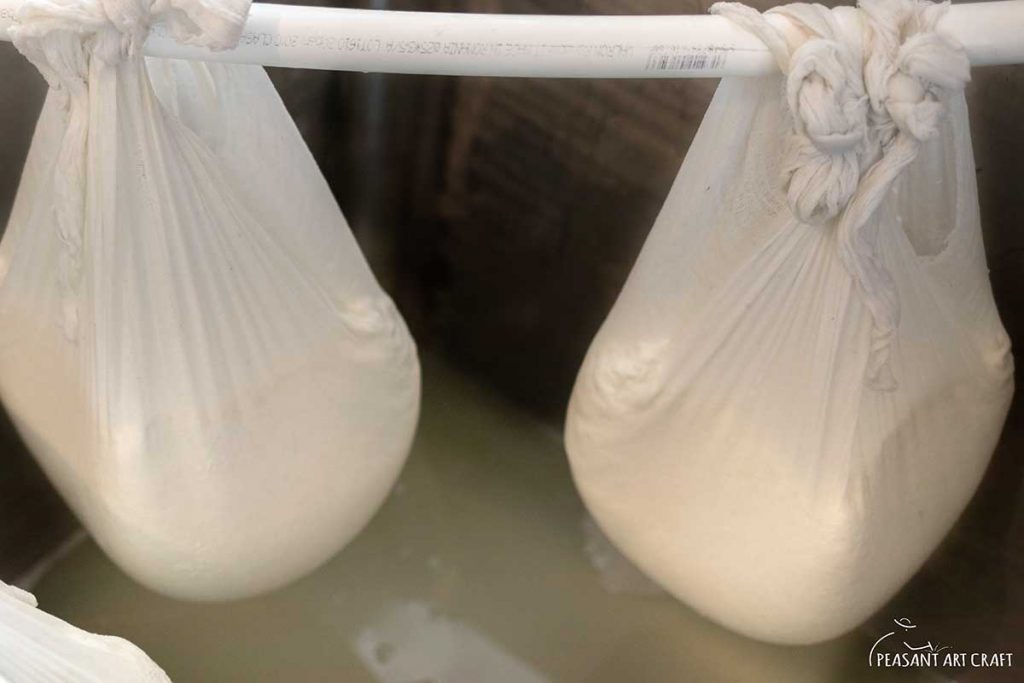

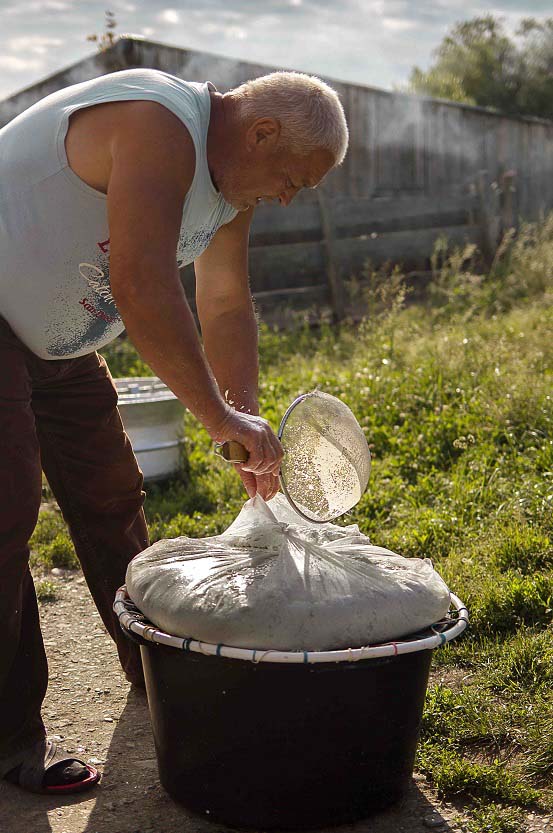
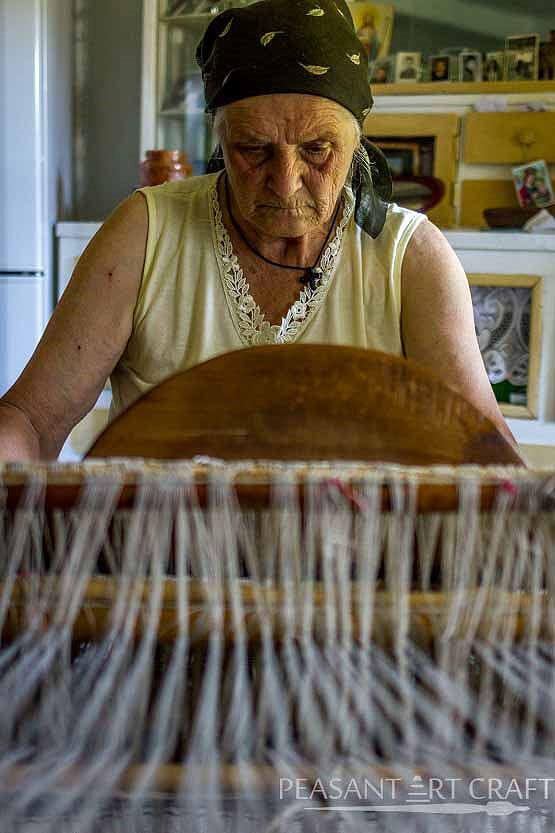

Leave a Comment